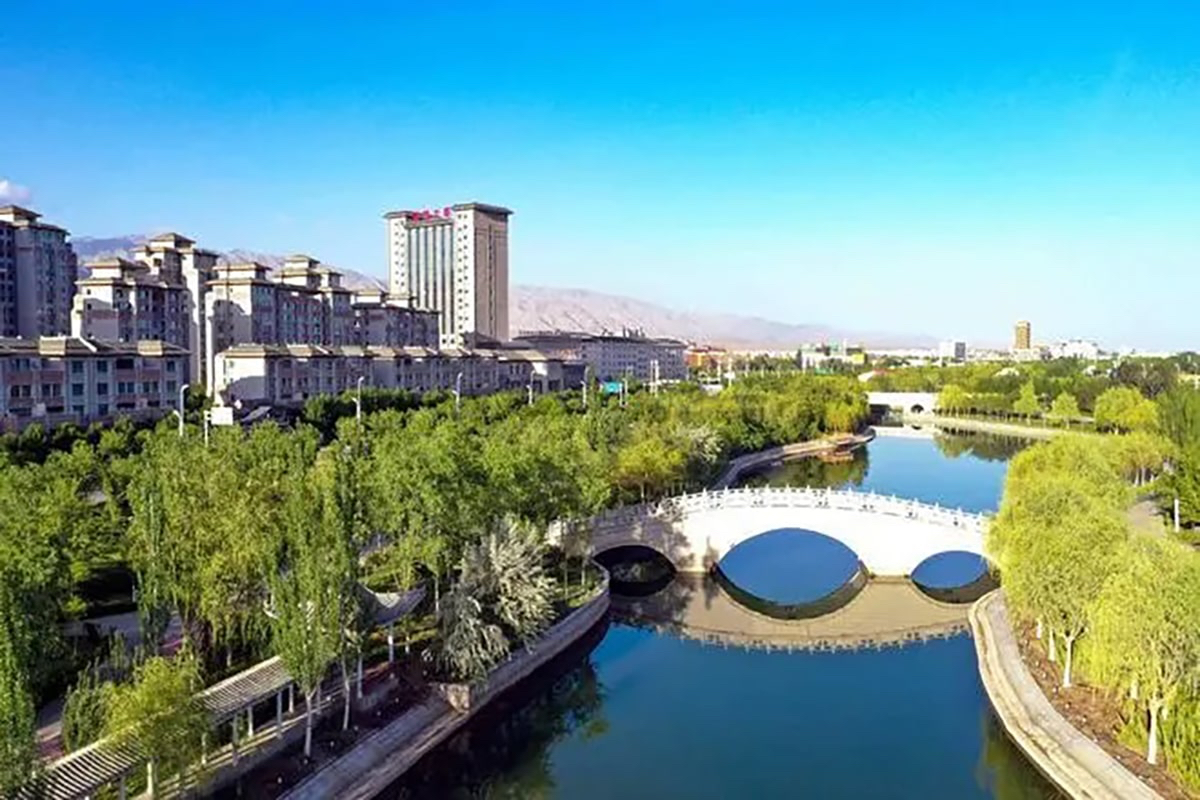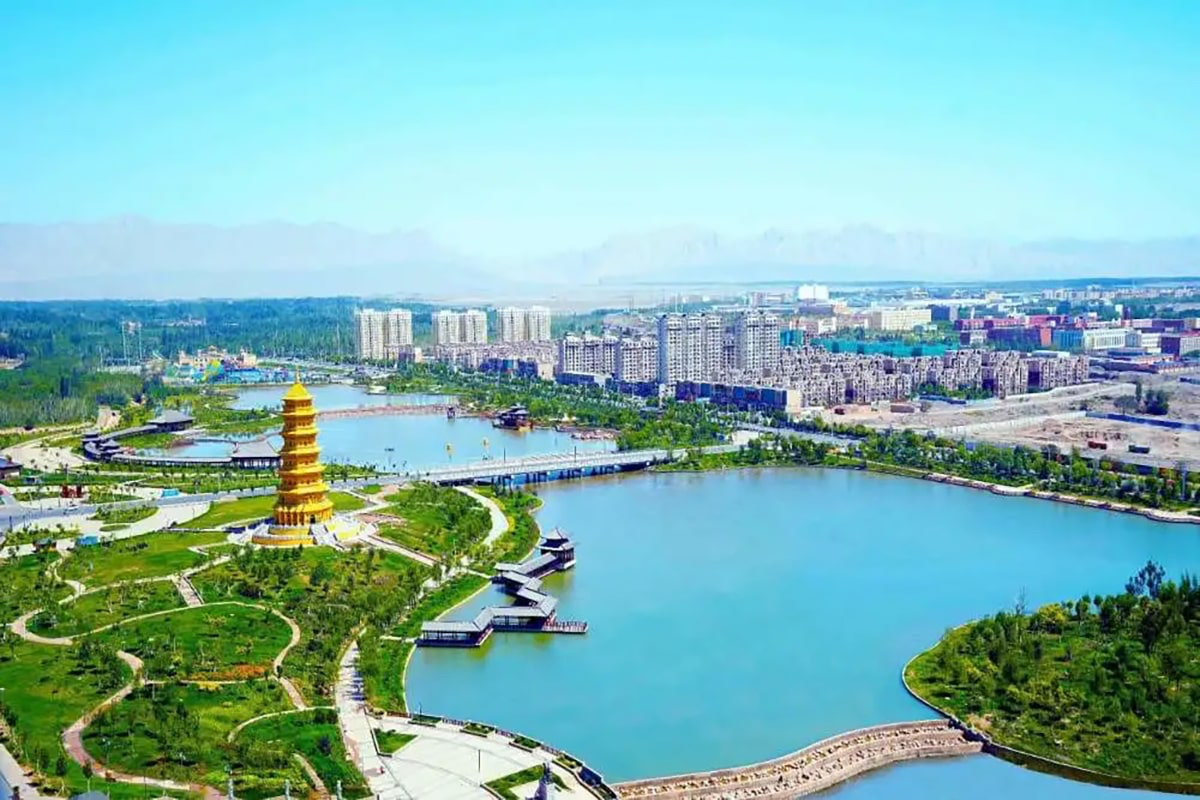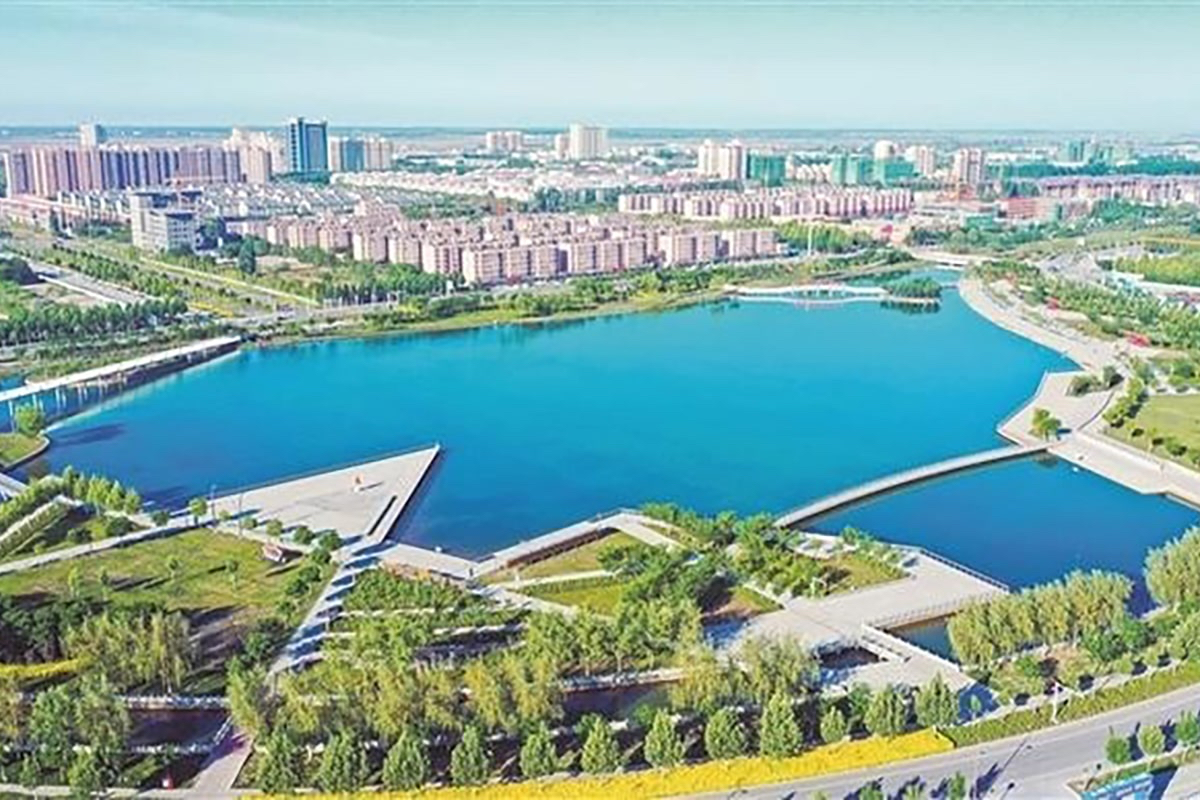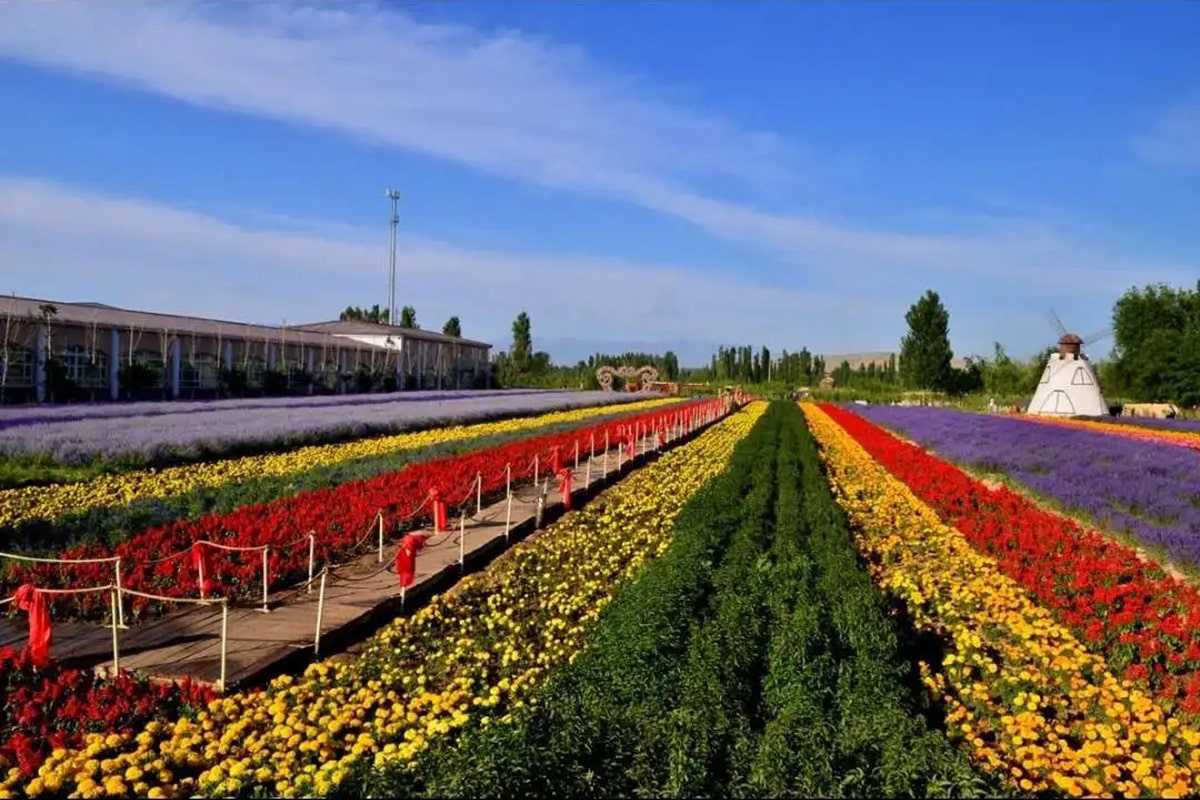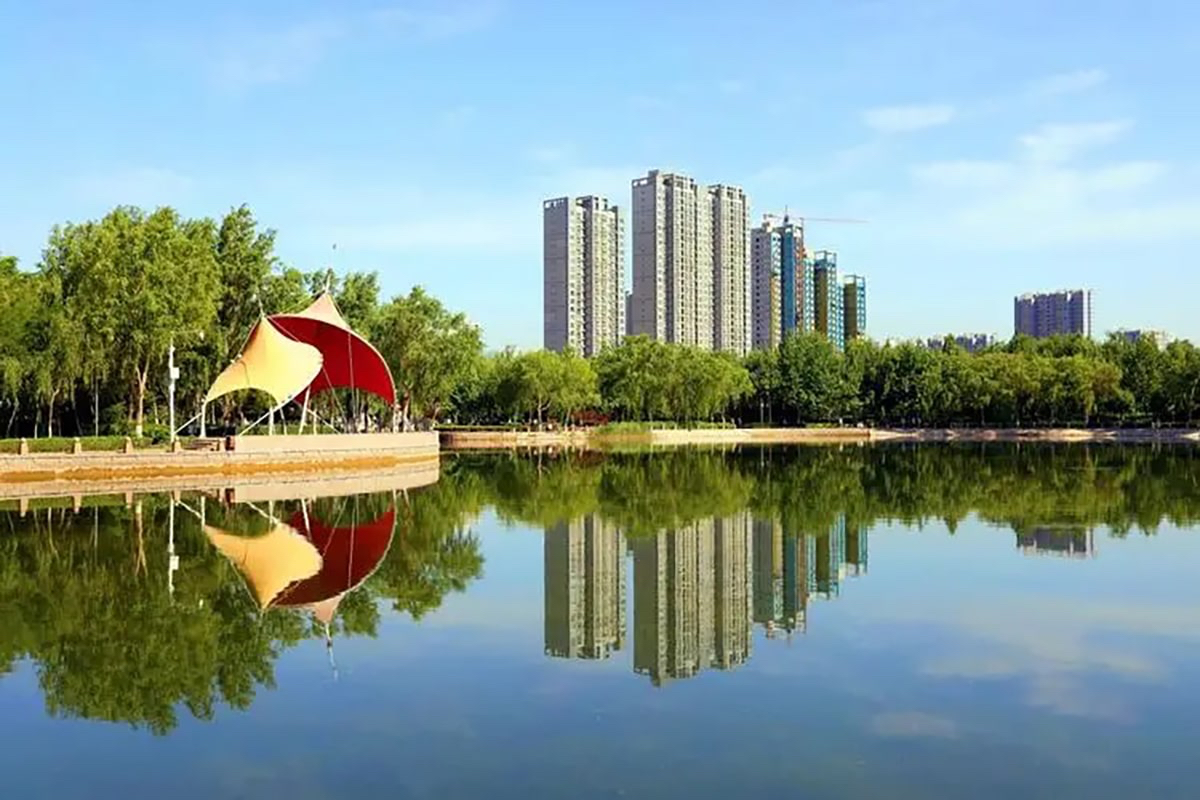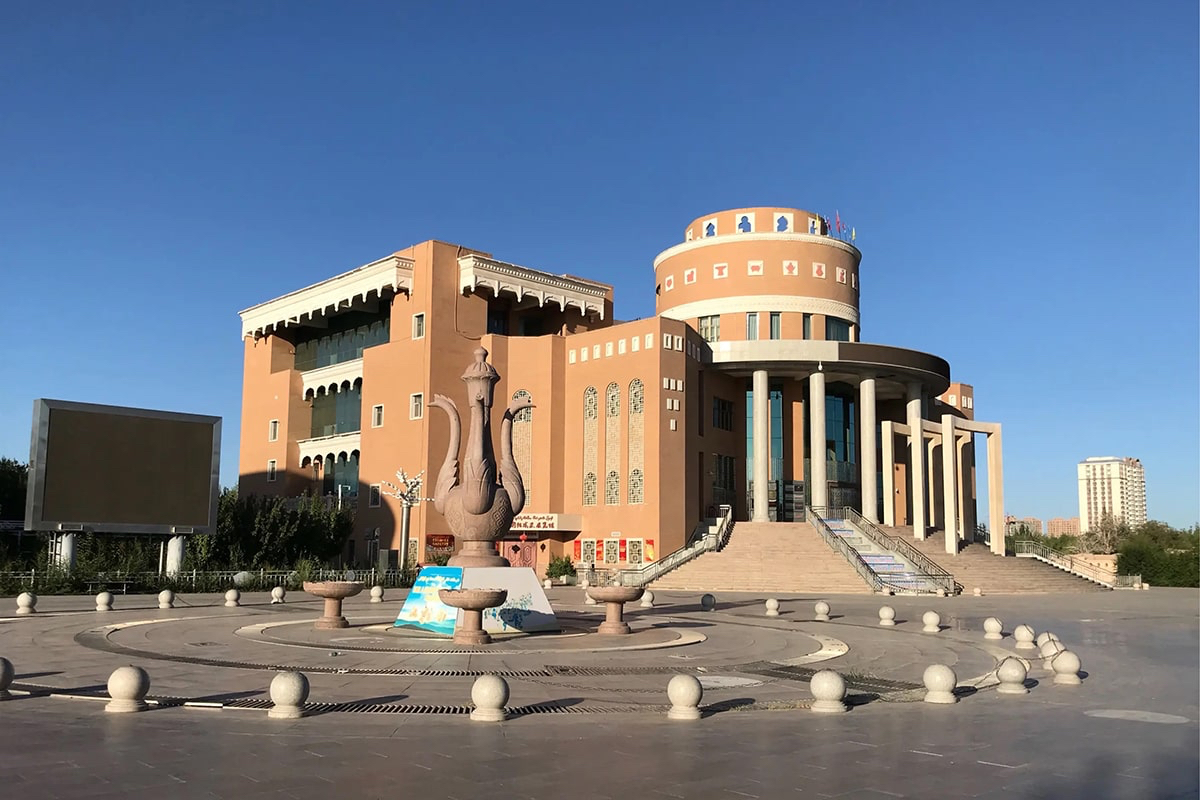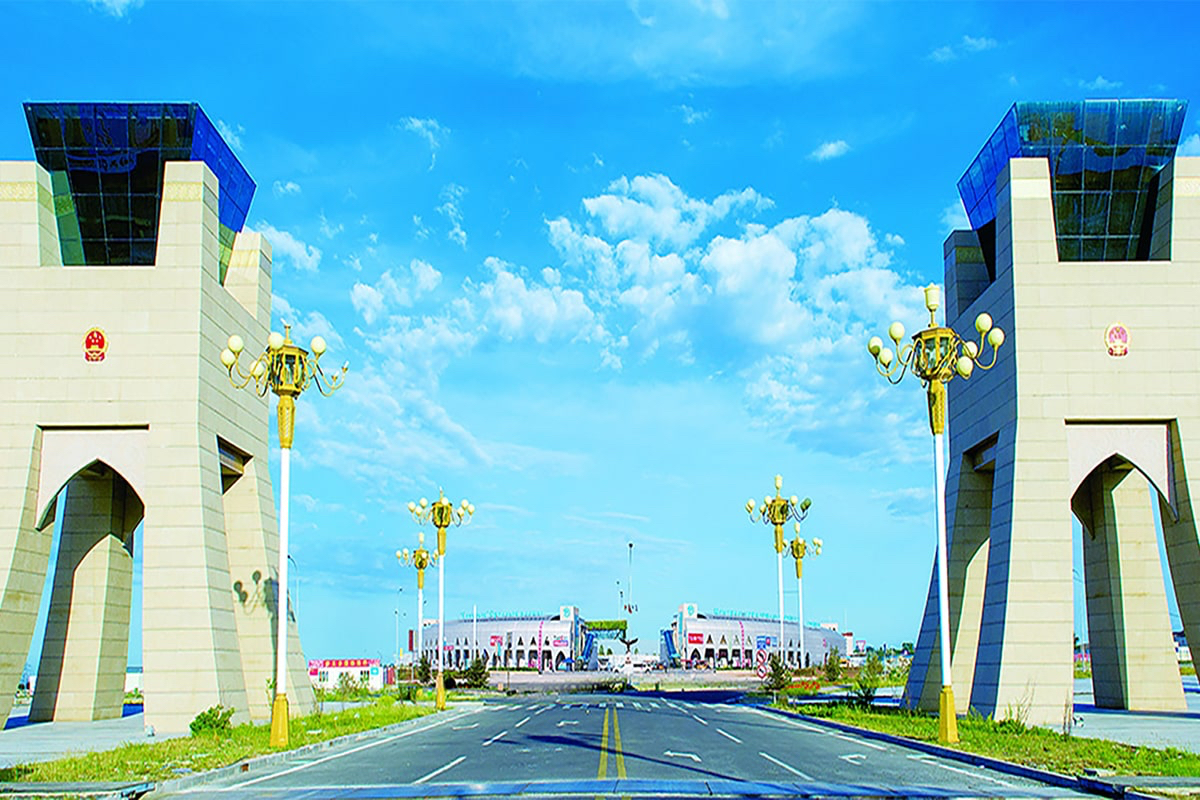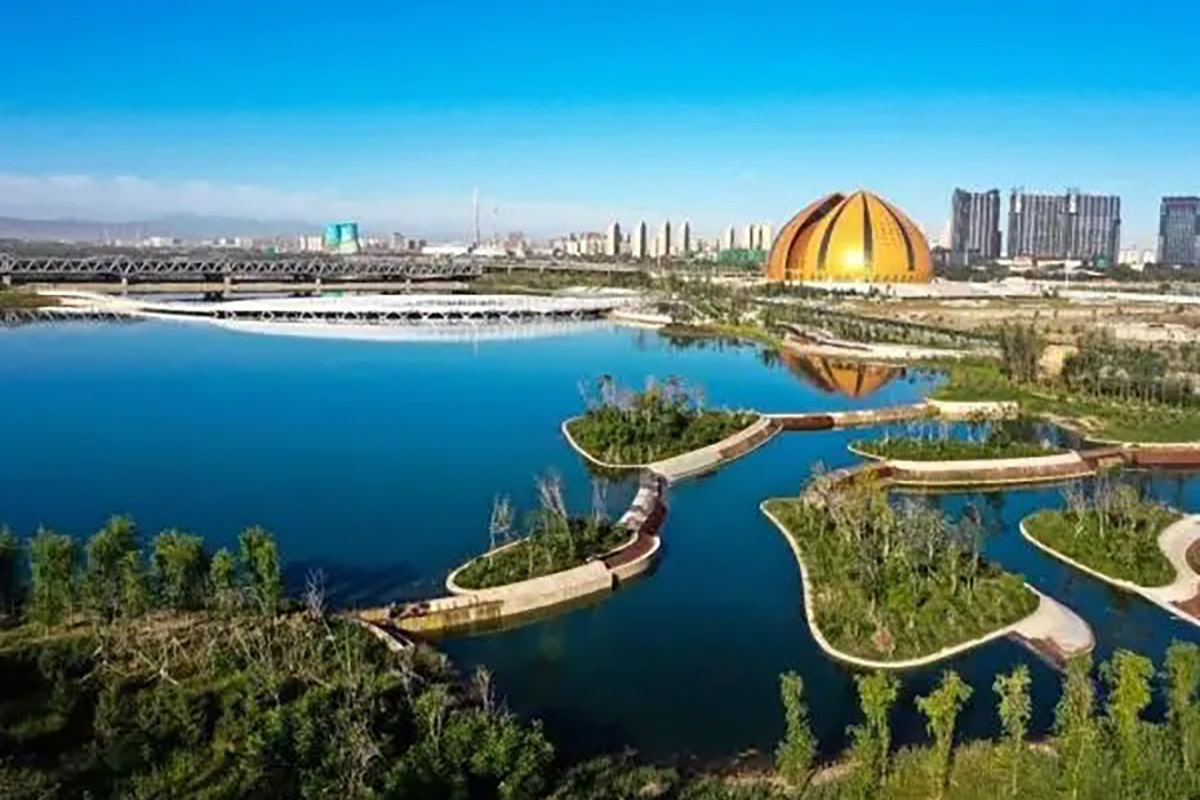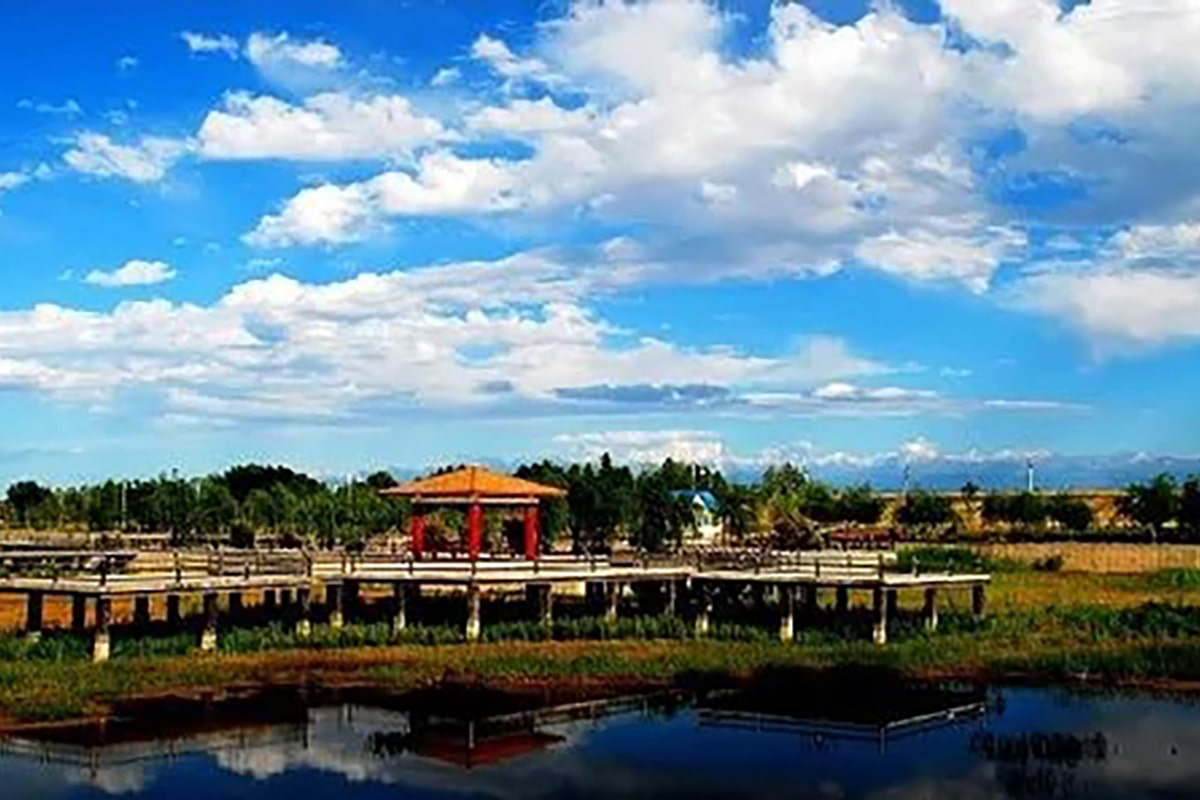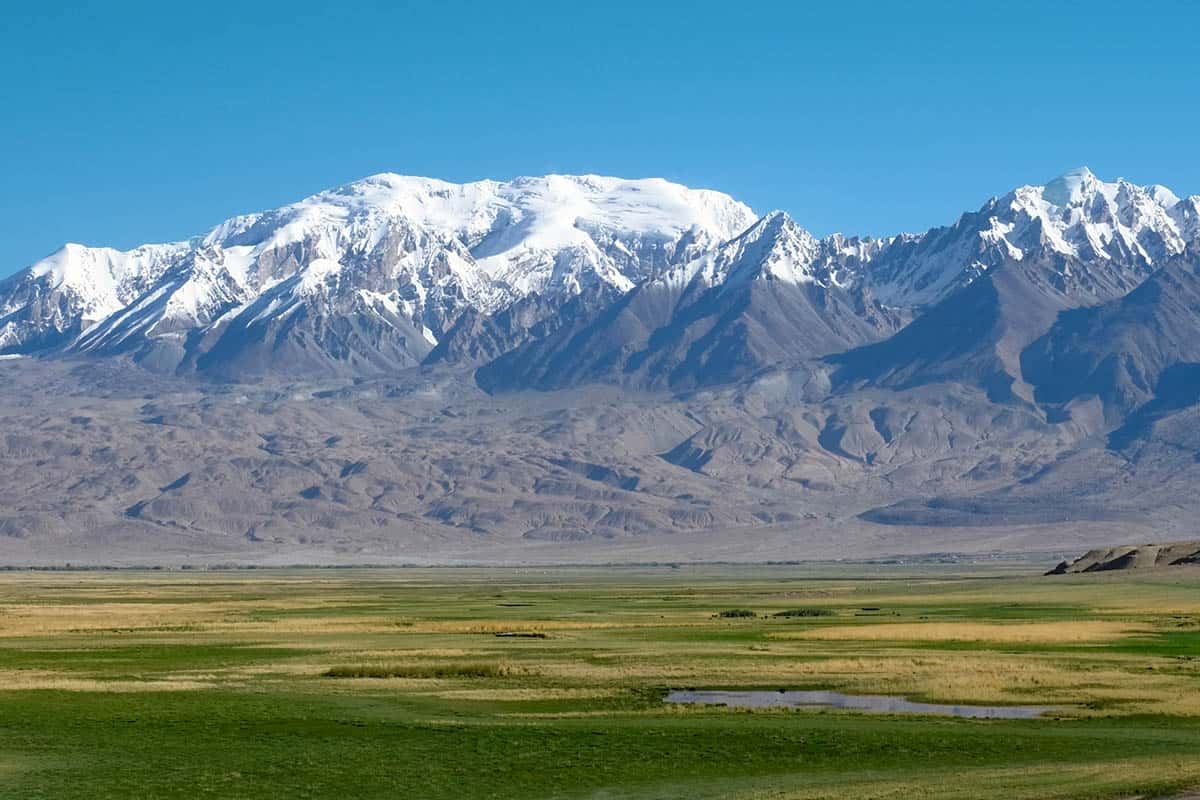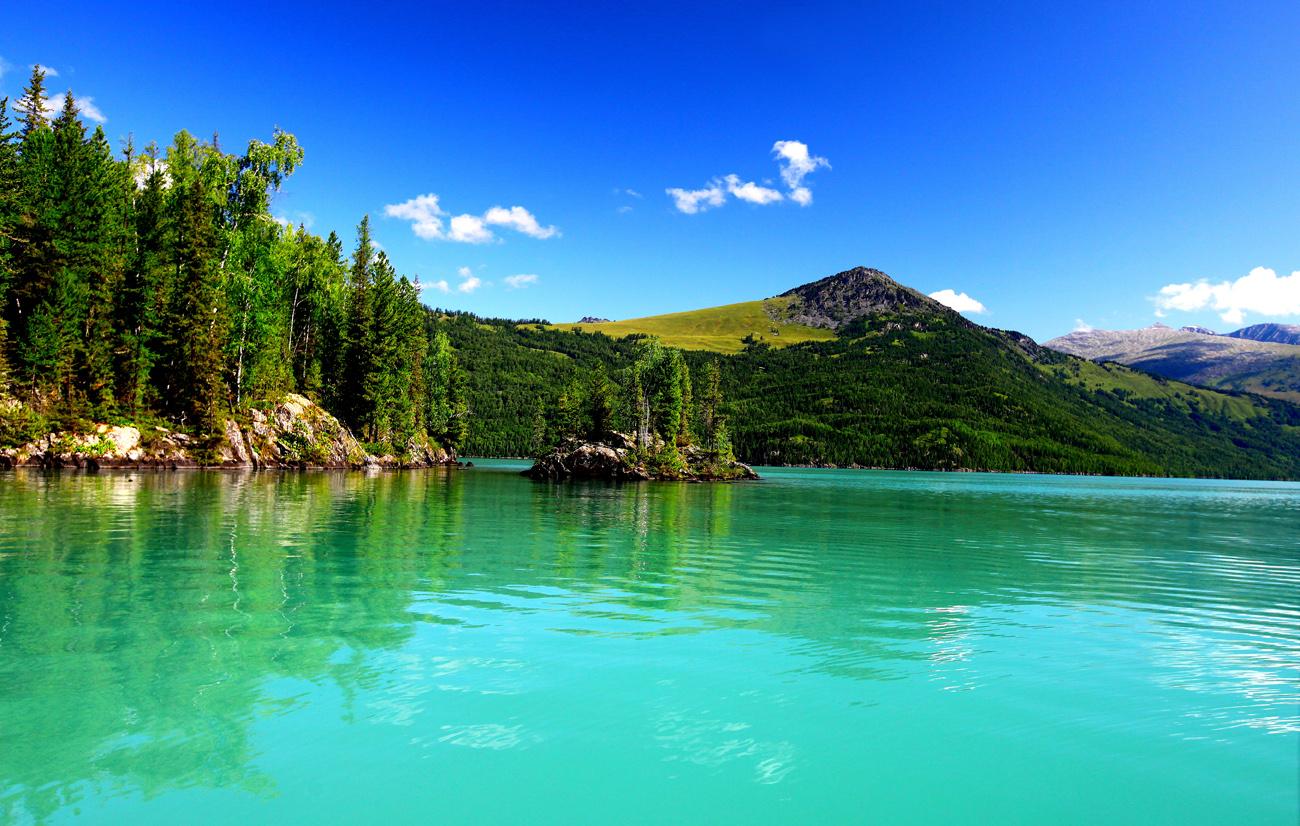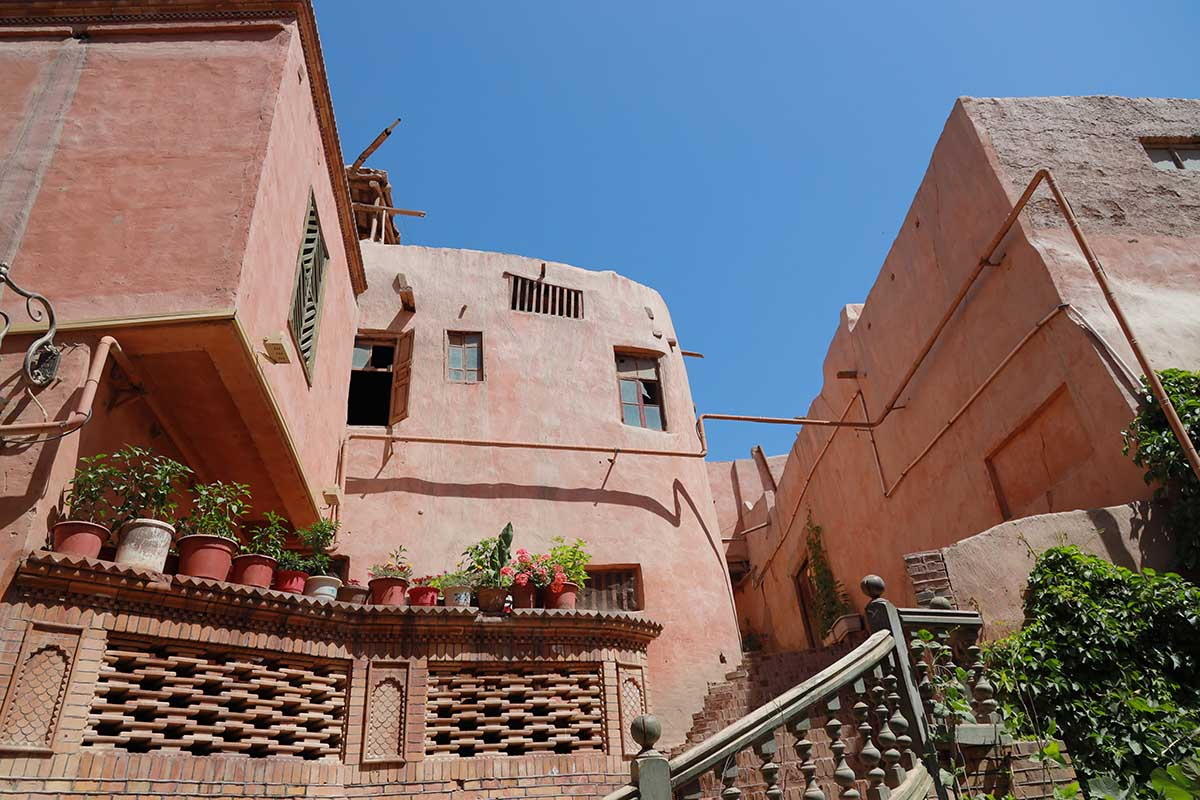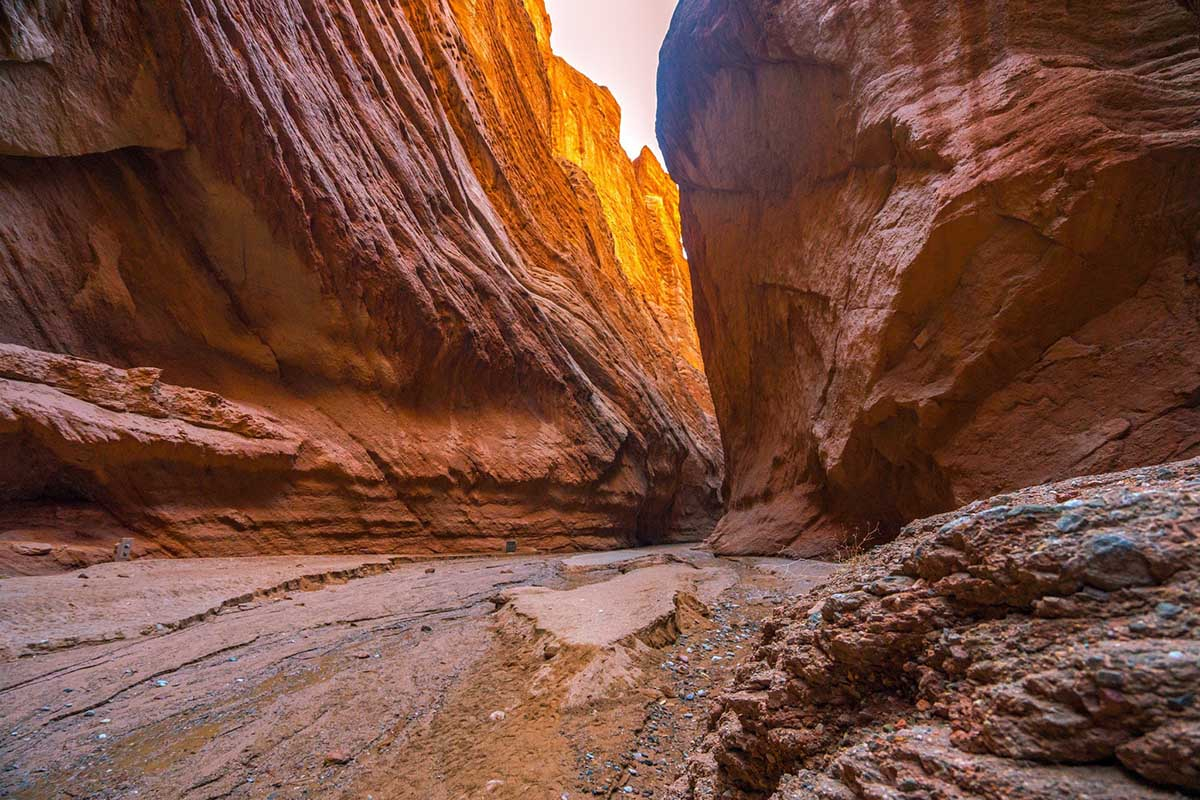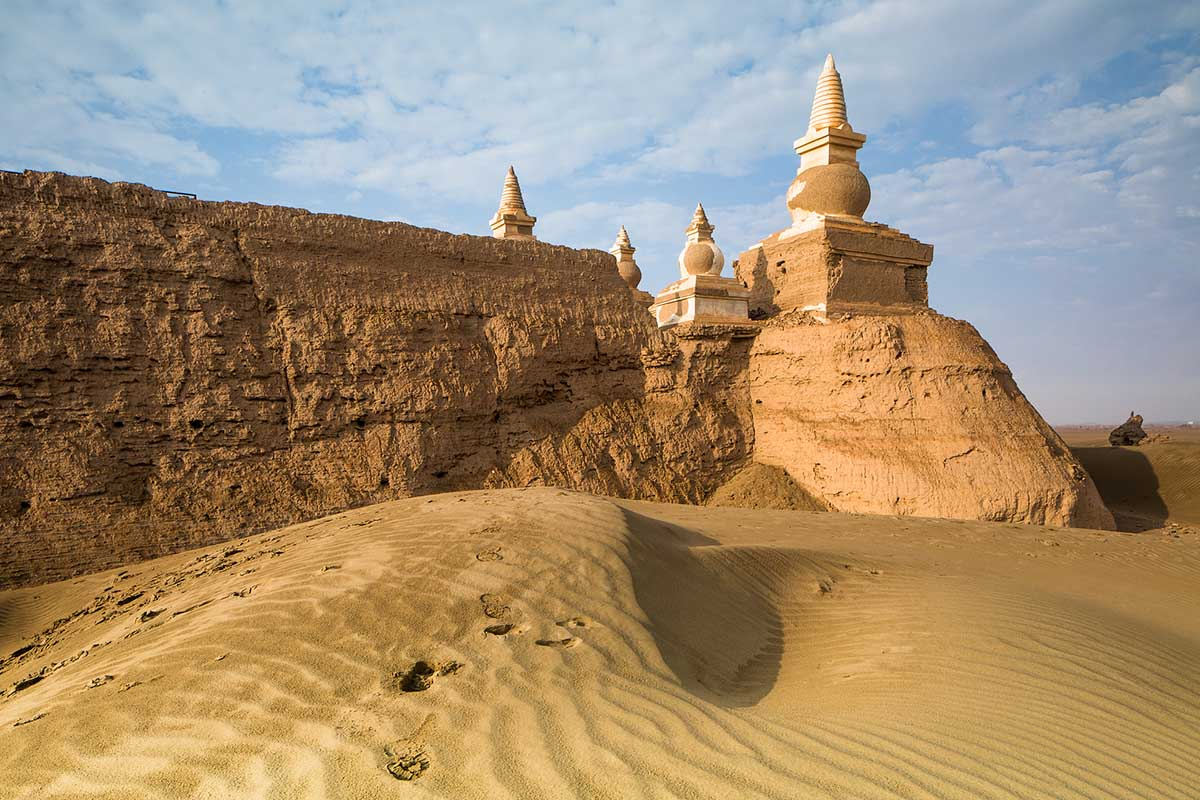Alar Travel Guide
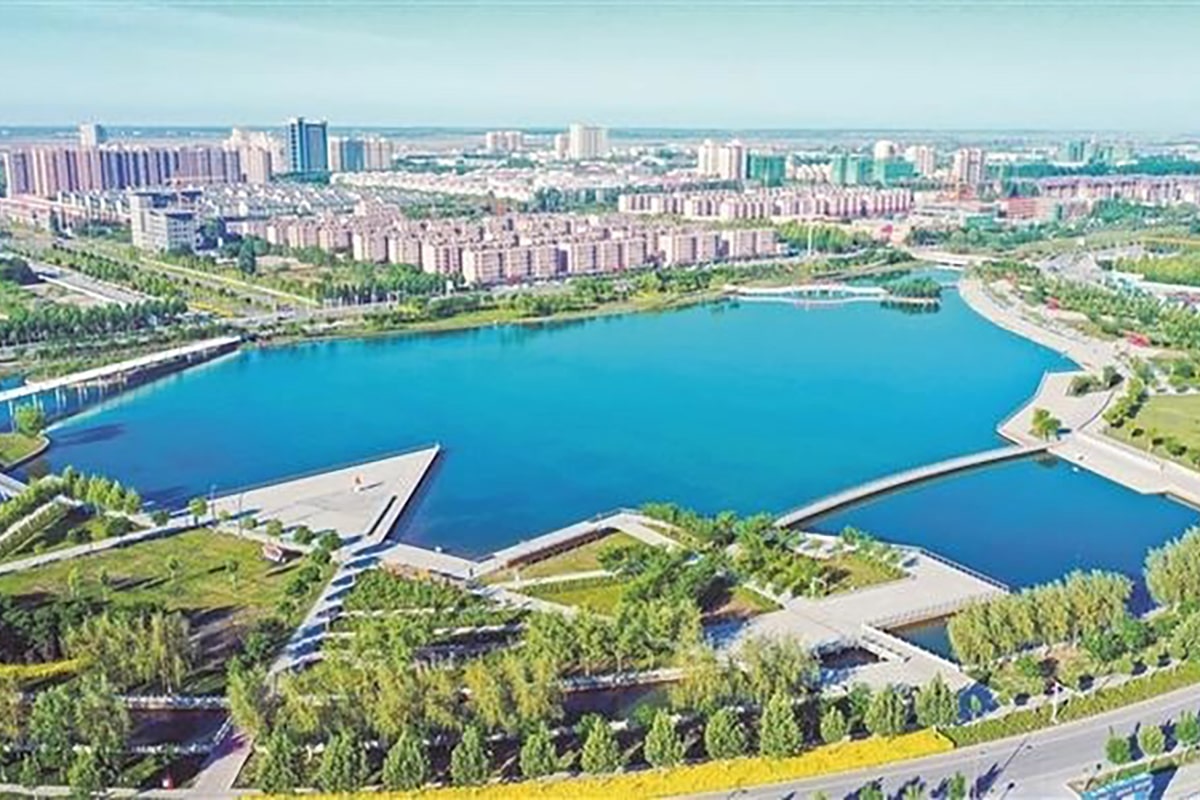 Alar is a county level city directly under the jurisdiction of Xinjiang Uygur Autonomous Region located in the Aksu District of Xinjiang from the southern foothills of the Tianshan Mountains in the north to the northern edge of the Taklimakan Desert in the south. Alar covers an area of 6,923.4 square kilometers with a population of 438,600. Alar city belongs to the Tarim River alluvial fine soil plain.
Alar is a county level city directly under the jurisdiction of Xinjiang Uygur Autonomous Region located in the Aksu District of Xinjiang from the southern foothills of the Tianshan Mountains in the north to the northern edge of the Taklimakan Desert in the south. Alar covers an area of 6,923.4 square kilometers with a population of 438,600. Alar city belongs to the Tarim River alluvial fine soil plain.
● What to do & where to go in Alar
Auspicious Dragon(Xianglong) Lake Scenic Area is located by the Tarim River Barrier with Alar in the east, Aksu in the west and Awati in the south. It is built on the Tarim River, the longest inland river in China and the Taklimakan Desert. The scenic area integrates the garden complex in eastern China with the water conservancy culture and the original natural landscape.
Duolang Lake Scenic Spot is located 53 kilometers east of Alar City. It is a scenic spot combining the natural scenery of the water and the culture of military reclamation. It is a scenic spot in Xinjiang where the original natural scenery and cultural landscape complement each other.
Thousand Bird Lake Tourist Scenic Area belongs to the reclamation area of Shajingzi. It is a natural scenic area collecting sightseeing, leisure, experience and water competition. In the north and southwest, there are agricultural idyllic scenery with neat farmland and verdant trees. In the northeast, there is the vast Taklimakan Desert. The special geographical environment has created the natural and cultural landscape of the region.
Tarim River, located in the northern Tarim Basin, Xinjiang Uygur Autonomous Region, originates from the Tianshan Mountains and the Karakoram Mountains, along the northern edge of the Taklimakan Desert through Aksu, Shaya, Kuqa, Luntai, Korla, Yuli and other counties (cities) in the south and finally flows into Taitma Lake. Tarim River is the mother river of southern Xinjiang and the oases south of Tianshan Mountain are irrigated by the water of Tarim River. Tarim River, the drainage area reached 1.02 million square kilometers. It is the longest inland river in China and the fifth largest inland river in the world with a total length of 2,179 kilometers (there are 2,327 and 1,321, if the longest tributary Hetian River is taken as the source, with a total length of 2,376 kilometers).
Kungang Ancient Tombs is a mysterious tomb community located in the Tarim ancient river course in Alar City, Xinjiang. Because Alar was called "Kungang" in ancient, this ancient tomb group was named "Kungang Tombs". According to the identification of the international anthropological authority, the longest period of the ancient tombs has been 4,600 years of history. The Tarim River has changed its course for many times in history. The ancient human beings who lived in the oasis after water and grass left many historical relics here. The discovery of this group of tombs provides rich materials for the study of the ancient history of Kungang (Alar). The institute's staff also discovered the ruins of ancient villages several kilometers deep in the poplar.
In 1983, the Tarim Basin Populus Euphratica Protection Zone was established in Yuli and Luntai counties where the distribution of populus euphratica was the most concentrated. The reserve covers an area of 3,800 square kilometers. It mainly protects the ancient species - populus eudosa. The precious animals in the area, such as red deer, white crane and wild camel are also included in the protection. This area is of great significance for preserving species, preventing wind and fixing sand and saving the ecological environment of Tarim. It is also the most charming river section of Tarim River for rafting or ecotourism. In recent years, Luntai's Desert Populus Euphratica Forest Park has been approved as a national forest park.
Taklimakan Desert Gate Scenic Area:The Taklimakan Desert is more than 1,000 kilometers from east and west, 400 kilometers from north and south with a total area of about 330,000 square kilometers. It is the largest desert in China, the tenth largest in the world and the second largest flowing desert in the world. The desert hinterland has an average annual rainfall of 100 mm and an annual evaporation of about 3,000 mm, which is typical of the world's extreme arid climate environment. The Taklimakan Desert is also known as the "Sea of Death".
● What to eat in Alar
Mutton pine, chili chicken slices, Naan - crusty pancakes, pilaf stuffed bun, fried noodles, stewed mutton soup, "Tianshan Mountain Snow" rice, "Tianshan Mountain Snow" crab, "Desert" brand red dates
● Transportation
Railway: Aral Railway Station is built next to the bus station to achieve the combined railway transport.
Highway: There are the national highway 217, 314 lines and provincial highway 207, 210 and 309 lines within the city of Alar and a number of highways intersect here. It is 1,080km from Urumqi, the capital city of Xinjiang Uygur autonomous Region.
Airport: Alar Tarim Airport has flights to/from Urumqi, Kashgar, Hotan, Korla, Yining, Shihezi, Tumushuk and Kuqa in Xinjiang and Hangzhou and Chengdu in China's inland.
● Climate
Alar City is a warm temperate extreme continental arid desert climate, extreme maximum temperature 35℃, extreme minimum temperature -28℃. The annual solar radiation in the reclamation area ranges from 133.7 to 146.3 kcal/cm2. The average annual sunshine duration is 2,556.3 ~ 2,991.8 hours and the daily illumination rate is 5,869%. The reclamation area has sparse rainfall, little snow in winter and strong surface evaporation. The average annual precipitation is 40.1 ~ 82.5 mm and the average annual evaporation is 1,876.6 ~ 2,558.9 mm.
- HOTEST
- RECOMMEND
